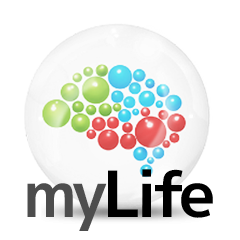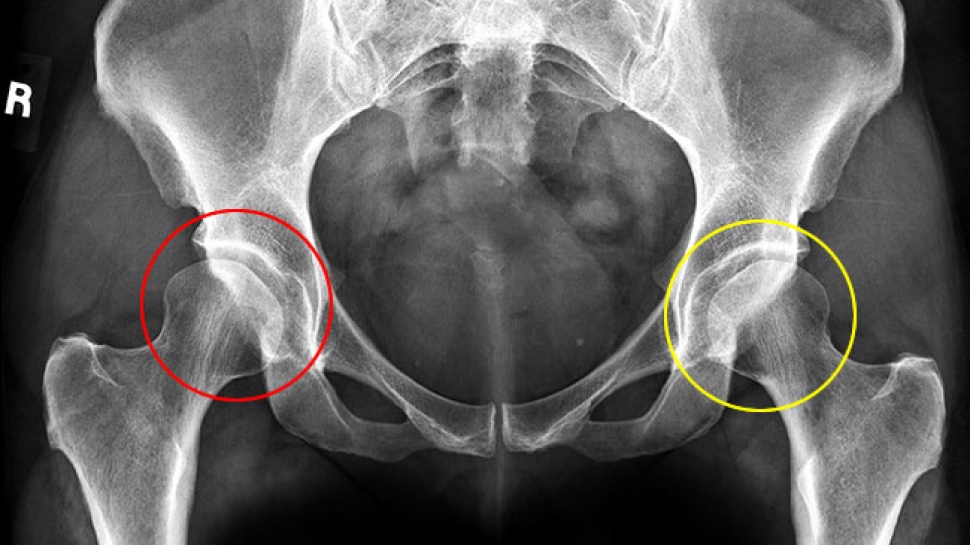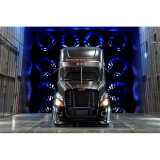Definition of Hip Dysplasia
After a baby is born, it takes a few months for joints to stretch out in a natural way. Babies that have been bottom first positioned sometimes need more time than other babies to stretch out in a natural way. If baby's hips are positioned in a stretched-out position very early, the ball can be permanently deformed and the edges of the cup can slip out of the place, this condition is called "hip dislocation".
Doctors always check baby's hip during the first few months but sometimes some doctors don't realize how important this is, and how devastating hip dysplasia can be.

What Causes Hip Dysplasia?
Hip dysplasia is simply a condition in which hip joints are formed abnormally. This defect can be very minor in some cases, and very severe in other cases. Minor defects usually include just having ligaments loose around the hip, but in severe cases, the hip can be dislocated or popping out from the hip joints.
Even in its moderate form, hip dysplasia can create severe problems later in life, especially in cases where the cartilage around the ball of the hip is damaged. This condition can lead to osteoarthritis and eventually, a person must have hip replacement operation when older.

What Should Parents Do?
1. Choose a Safe Baby Carrier
It is a good idea to carry baby in a carrier or sling as it allows you to safely keep baby near you and still be able to move around, walk, clean, etc. When you learn to nurse in a sling properly, you will be able to do much more of your work.
Keeping that in mind, it is very important to pick slings that will support baby's hips properly. There is nothing wrong with babywearing itself; the only problem is using an improper carrier.
In fact, experts say that the proper babywearing can help proper hip development in babies.

This picture shows proper babywearing, and below you can also see how proper Car Seat should look like and how a baby should be positioned.

The most important thing is to check at how much space is there between baby’s knees, should be in a way that baby has enough space to spread his or her legs in the position like a frog.




Share the News